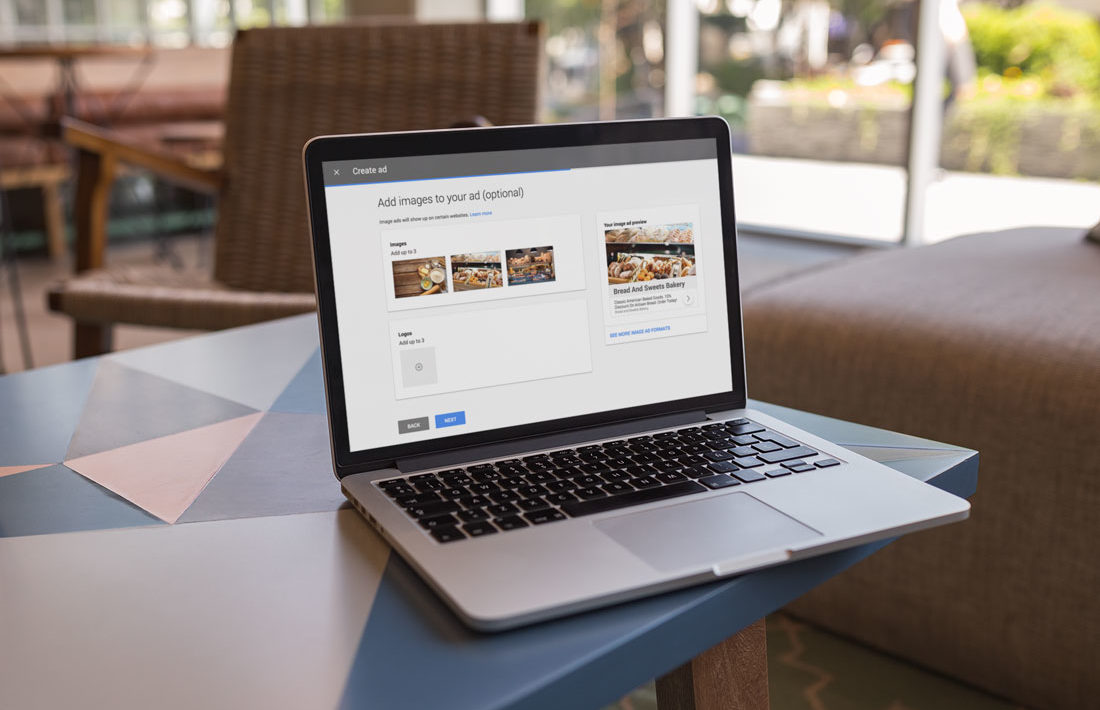If you haven’t tried Google Smart Shopping yet and want to give it a go, you should first learn all you can about it. Not everyone who has tried it is convinced that it’s right for them, but then again, not everyone is selling the same products in the same market. So, is Google Smart Shopping ideal for you?
Before you weigh the pros and cons of using Google Smart Shopping, you should first understand what it is. By definition, it is an automated version of Google Shopping that automatically tweaks your ad campaigns to meet the metrics that you’ve set for it. In short, it tries to achieve the goals you’ve set for your ads without you laying a single finger on it after you’ve set things in motion.
Formerly called Google Product Listing Ads, Google Smart Shopping’s platform is different from Google AdWords in that it is based on product images while AdWords is all text. If you are aiming to reach a massive chunk of your target market, using Google Smart Shopping and AdWords at the same time as part of your full-scale advertising strategy might be a good idea. Be forewarned, though. Not everything about this option is all good. So, before you set things in motion with these product shopping ads, here are a few pros and cons that you should be aware of.
PROS
Easy to use and set up – If you want to save time on creating ads for your e-commerce products, this platform is probably something you should consider. It helps you start your advertising process on Google without the need to sit in front of your computer for hours, tweaking, and optimizing your ads. It creates your ads for you automatically after you choose the goal-optimized option, giving you free time to do other stuff.
It has a wide reach – When you set up your smart shopping ad (or multiple ads), it shows not only on Google’s search results but also on other avenues as well. You can expect your product ads to be shown on YouTube, Google Display Network, and even on Gmail. In short, you get to reach more people than just with Google Ads or any other advertising platform for your products. It chooses what and where your product ads will be shown based on how your site’s traffic behaves (as seen on other platforms such as AdsSupply, Taboola, etc.).
CONS
You don’t have negative keywords on it – One of the features people love on Google Ads is that you can choose keywords that your ads won’t show for. These are called negative keywords. In Google Smart Shopping, this doesn’t exist, so you may end up wasting money on search traffic that isn’t relevant to what you are selling. This can bump up your ad spend.
You don’t have control over where your ads show – Another downside to this automated version of Google Shopping is that you might lose control over where your ads show. You cannot exclude certain networks from your options, even if you are aware of the conversion rates of such networks. This means you have to pay for clicks that might not convert or come from a targetted audience. In other words, it can cost you more than you may want.
These are just a few of the pros and cons you have to look at before you start using Google Smart Shopping. If you think that the pros outweigh the cons, then you might want to try it out. Otherwise, it might be best to stick to doing things manually.











